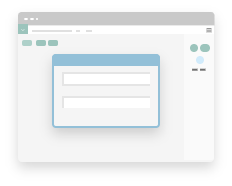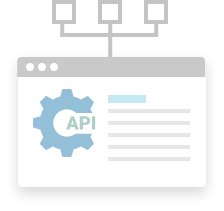Brief History of Takt Time
The concept of Takt Time has been around for centuries, even predating the Second Industrial Revolution with Venice shipbuilders in the 16th century. It was also used by Germany for airplane manufacturing in the 1930s and by Henry Ford in the mass production of the Model T in the early 1900s.
But like most lean methodologies, the concept of Takt Time was made popular by the Toyota Production System (TPS) in the 1950s. Since then, Takt Time has become a central part of the Just in Time (JIT) manufacturing methodology.
What Does “Takt” Mean?
“Takt” is the German word for “pulse”. Your pulse slows down or speeds up based on your body’s oxygen demand. Think of it like asking your body to run a long distance. The faster you run, the more your body is in demand of oxygen. And your heart and lungs need to deliver.
Similarly, your Takt Time varies depending on customer demand. As customers order more products, your company’s production rate needs to speed up accordingly. By calculating Takt Time, you can pinpoint the speed at which your production needs to flow.
How to Calculate Takt Time?
The simplest way to understand how to calculate Takt Time is to break it down into its most basic parts. With this in mind, let’s take a look at a few examples of how Takt Time is calculated.
Imagine you produce high-quality wood baseball bats for kids. If you receive 1 product order every hour, then you will need to produce 1 wooden bat per hour to keep up with demand. Simple enough. But let’s take this a bit further.
Let’s say you have 5 employees that perform active work for 30 hrs each week, equalling 150 hours of total available production time (TAPT). The weekly demand (D) is 300 wooden bats for the week. With this information, we can calculate the needed Takt Time (TT) to keep up with demand.
TAPT [150] / D [300] = TT [0.5]
As we can see, your takt time is 0.5, which means that you will need to produce 1 wooden bat for every 0.5 hrs of production.
Takt Time vs. Cycle Time vs. Lead Time
Now that you’ve found your Takt Time, you can put this information together with your other production metrics like Cycle Time and Lead Time.
- Takt Time: The needed production time to keep up with demand.
- Cycle Time: The actual production time of one item.
- Lead Time: The time from when the customer places the order to when they receive the order and payment is fulfilled.
As much as possible, your Cycle Time needs to match your Takt Time. If the Cycle Time is faster or slower than the Takt Time, then you are at risk of over or under-producing. As your demand fluctuates, adjust your Cycle Time accordingly.
Although Lead Time does not need to match the other two metrics, it is an excellent way to track your customers’ experience. Once this is understood, you can find creative ways to get your Takt time, Cycle Time, and Lead Time working together.
How Does Takt Time Work With JIT?
Takt Time is central to the idea of Just-In-Time (JIT) manufacturing. The idea of JIT is to maximize the use of time before the point of delivery. If a product is finished behind schedule, then the company's time and resources are not managed effectively.
If a product is finished ahead of schedule, then there is strong reason to believe that the business did not utilize the available time to the fullest. There could have been time to improve the process or product. This also indicates that they pushed their resources and workforce harder than they needed to, resulting in little gain for the company or the customer.
From here we can see that it is extremely beneficial for companies to understand how demand affects their production schedule. Tracking Takt Time is one of the most effective ways of doing this. Companies that understand and are responsive to the “pulse” of their business are better able to optimize their production schedule.








